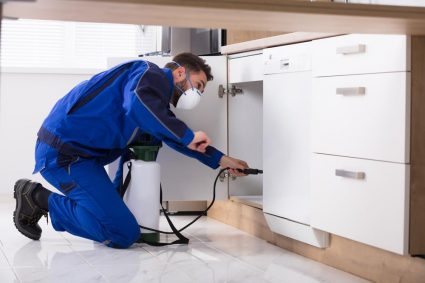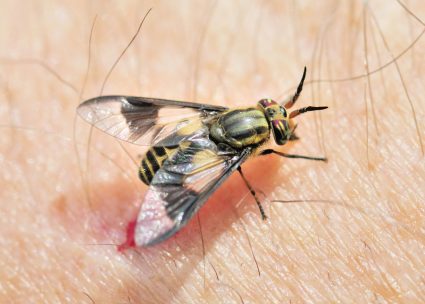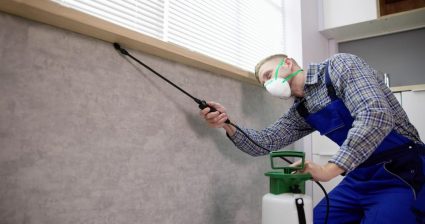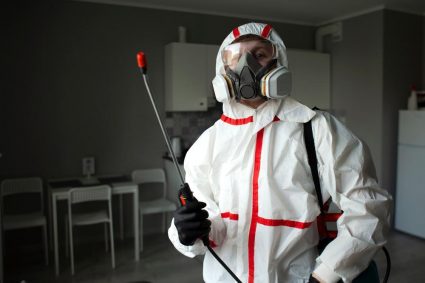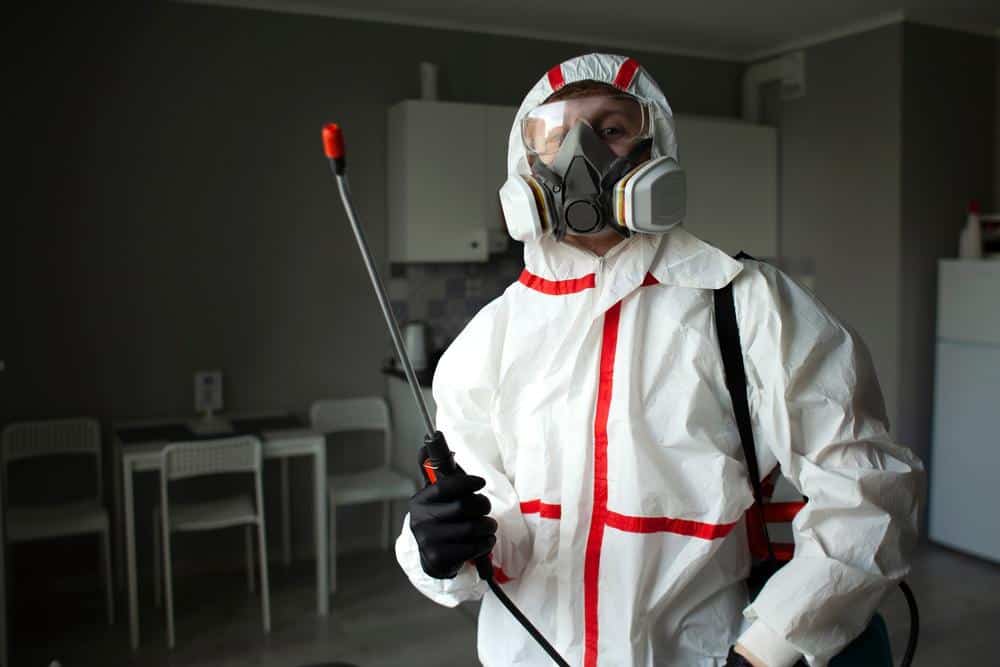
Staphylococcus, commonly known as Staph, is a group of bacteria that can cause a range of diseases from minor skin infections to life-threatening conditions like sepsis, pneumonia, and endocarditis. Staphylococcus aureus, a type of staph bacteria, is particularly harmful and is the leading cause of skin and soft tissue infections. But does hot water kill Staph? Let’s take an in-depth look.
Hot water can reduce the presence of Staphylococcus aureus (Staph) on surfaces and laundry, but it may not be completely effective in eliminating the bacteria. To kill Staphylococcus aureus bacteria, it is necessary to heat the food to a temperature of at least 150°F (65.5°C) and maintain that temperature for at least 12 minutes. However, this does not destroy the toxins produced by Staphylococcus aureus, which can still cause food poisoning.
Understanding Staphylococcus
Staphylococcus is a group of Gram-positive bacteria, with more than 30 types known. These bacteria are commonly found on the skin or in the nose of many healthy people and do not usually cause harm. However, if they enter the body through a wound or injury, they can cause infections.
Staphylococcus aureus can cause various types of infections ranging from skin infections to bacteremia (an infection of the bloodstream that can lead to sepsis), bone infections, endocarditis (an infection of the inner lining of the heart chambers and valves), food poisoning, and pneumonia.
How Heat Impacts Staphylococcus
Staphylococcus aureus can grow in a wide range of temperatures, from 7°C to 48.5°C, with an optimum range of 30–37°C. However, its growth rate increases with temperature up to 40°C. At low temperatures (4°C), the bacteria can still survive and grow, albeit at a slower rate.
Heat resistance varies among Staphylococcus strains. Some strains exhibit abnormal resistance to heat, while other strains are more susceptible to heat, with their survival decreasing at higher temperatures.
Does Hot Water Kill Staph?
To kill Staphylococcus aureus bacteria, it is necessary to heat the food to a temperature of at least 150°F (65.5°C) and maintain that temperature for at least 12 minutes. However, it is important to note that while heating can kill the bacteria, it does not destroy the toxins produced by Staphylococcus aureus, which can still cause food poisoning.
Hot water can be used to reduce the presence of Staphylococcus aureus (Staph) on surfaces and laundry, but it may not be completely effective in eliminating the bacteria. Washing laundry with warm or hot water and using bleach if possible can help reduce the presence of Staph.
Other Effective Methods to Kill Staph
Besides heat, there are several other methods to kill Staph bacteria, including the use of antibiotics, disinfectants, and natural remedies.
Commonly prescribed antibiotics for treating staph infections include cefazolin, nafcillin, oxacillin, vancomycin, daptomycin, and linezolid.
To kill Staph bacteria on surfaces, use disinfectants such as Lysol, bleach solution, hydrogen peroxide, or sodium hypochlorite.
Natural remedies such as turmeric, coconut oil, tea tree oil, and aloe vera have also been found to help with staph infections due to their antimicrobial properties.
Risks Associated with Using Hot Water
Using hot water can help kill staph bacteria, but it may not be enough to eliminate all risks associated with staph infections. Proper hygiene practices and following the recommended guidelines for washing clothes and cleaning surfaces are crucial in preventing the spread of staph infections.
Conclusion
In conclusion, while hot water may not be enough to kill Staphylococcus aureus on its own, using proper laundry procedures, detergents, and laundry additives, along with washing and drying at the warmest recommended temperatures, can help remove staph bacteria from clothing and other fabrics. It is important to maintain good hygiene practices, such as hand washing with soap and warm water, and cleaning frequently touched surfaces with disinfectants effective against Staphylococcus aureus to prevent the spread of staph infections.
Frequently Asked Questions
What are the symptoms of a Staphylococcus aureus infection?
Symptoms can vary depending on the type of infection. For skin infections, symptoms may include boils, impetigo, cellulitis, or abscesses. For food poisoning, symptoms may include nausea, vomiting, diarrhea, and dehydration. More severe infections like sepsis, endocarditis, or pneumonia may present with high fever, chills, rapid heartbeat, and shortness of breath.
Can Staphylococcus aureus be spread from person to person?
Yes, Staphylococcus aureus can be spread from person to person through direct contact with an infected wound or by sharing personal items like towels or razors that have been in contact with the bacteria.
How can I prevent a Staphylococcus aureus infection?
Good hygiene practices are key to preventing a Staphylococcus aureus infection. This can include washing your hands regularly, keeping wounds clean and covered, not sharing personal items like towels or razors, and washing clothing and bedding in hot water.
Is there a vaccine for Staphylococcus aureus?
Currently, there is no vaccine available for Staphylococcus aureus. Research is ongoing to develop a vaccine, but it has proven difficult due to the variety of strains and the ability of the bacteria to quickly adapt and resist antibiotics.
Can Staphylococcus aureus become resistant to antibiotics?
Yes, some strains of Staphylococcus aureus have become resistant to certain antibiotics. This includes Methicillin-resistant Staphylococcus aureus (MRSA), which is resistant to many common antibiotics. This makes MRSA infections more difficult to treat.

